Request a Quote
We will get back to you as soon as possible.
Please try again later.
Moving an office is no small task. Whether your business is expanding or simply relocating for a fresh start, arranging an office move requires careful planning and organization. In this guide, we’ll walk you through the essentials of making this process as smooth as possible for you and your employees, clients, and all involved. Let’s get your office move arranged without a hitch.
Understanding the Basics of Office Moving
An office move is more than just packing things up and transporting them to a new location. It involves a series of strategic steps to ensure that your business operations face minimal disruption. It’s about finding the right balance between speed and efficiency, ensuring your business is back up and running quickly.
Step 1: Planning Ahead
The key to a successful office move is planning. Start by creating a detailed checklist of everything that needs to be done. This list should include tasks like hiring commercial moving services , notifying your clients and employees about the move, and deciding on the layout of the new office space.
Commercial Moving versus Residential Moving Services
It’s important to note the difference between commercial and residential moving services. While residential movers are experts at handling home relocations, commercial movers specialize in office moves. They understand the intricacies of packing and transporting office equipment and furniture, ensuring that everything arrives at the new location safely and on time.
Step 2: Choosing the Right Moving Service
When arranging an office move, hiring an exemplary moving service is one of the first things to consider. Look for experienced commercial moving companies offering various services, including out-of-state moving if your new office is in a different state.
Local Expertise Matters
Choosing movers with specific knowledge of your area can significantly benefit the move. For example, if your office is in Maryland, hiring Maryland movers who know the locality well can streamline the process. Similarly, Virginia movers , Washington DC movers , or even more localized services like Silver Spring movers , Bethesda movers , and so on can offer tailored services that consider local traffic patterns and regulations, making your move as efficient as possible.
Step 3: Packing with Care
Packing is a critical part of any move. Professional packing services can relieve some of the stress. They have the experience and materials to securely pack your office equipment and furniture, reducing the risk of damage during the move. Whether it’s sensitive IT equipment or bulky furniture, these services ensure everything is packed with the utmost care.
Small Job Movers: A Solution for Every Need
Not every office move involves relocating a massive amount of items. Sometimes, you might need to move a few pieces of furniture or equipment. This is where small job movers come in handy. They specialize in smaller moves, offering a more flexible and often more affordable option for businesses that don’t require a full-scale moving service.
Step 4: Coordinating Your Move
Coordination is vital once you’ve planned your move and chosen your moving service. Ensure that everyone involved in the move, from employees to the moving company, knows their roles and responsibilities. Communication is crucial to avoid confusion and ensure the move proceeds smoothly.
Step 5: The Logistics of Moving Day
Final Checklist and Briefing
Before the big day, complete a checklist to ensure everything is noticed. Hold a brief meeting with your team and the movers, clarifying the day’s schedule and any last-minute adjustments. Communication is vital to a successful move.
Managing Moving Day
On a moving day, designate a team leader to oversee the process. This person will act as the point of contact for the moving crew and promptly address any issues that arise. The smoother the move, the quicker you can return to business as usual.
Step 6: Setting Up the New Office
Unpacking and Organizing
The unpacking phase begins once everything has been transported to the new location. Prioritize essential equipment and items that need immediate setup. Organizing as you unpack saves time and reduces clutter.
IT Setup and Connectivity
Your IT infrastructure is one of the first systems to get up and running. Ensure your IT team or service provider is on hand to set up servers, computers, and phone systems. This will minimize downtime and help your team get back to work quickly.
Creating a Comfortable Workspace
Arrange the new office space to be comfortable and conducive to productivity. Consider the layout carefully, considering natural light, ergonomics, and common areas. A well-thought-out office design can boost morale and efficiency.
Step 7: After the Move
Address Changes and Updates
Once you’re settled in, update your address across all business platforms. This includes your website, business cards, Google My Business listing, and other directories. Inform your clients and partners about your new location to ensure everything is clear.
Soliciting Feedback
After the move, solicit feedback from your team on the process. Understanding their experience can provide valuable insights for future improvements. This feedback loop is crucial for refining your moving strategy.
Adjusting to the New Space
Allow your team some time to adjust to the new space. Be open to making changes based on feedback and observation. The goal is to create a productive and positive environment for everyone.
Critical Considerations for Specific Locations
- Virginia Movers: If you’re moving within or to Virginia, consider local weather patterns and traffic during planning. Local movers can provide insights into the best moving times and help navigate busy areas like Northern Virginia.
- Maryland and Washington DC Movers: Similarly, moving in or around Maryland and Washington DC requires understanding local regulations, especially in urban areas. Expert movers can handle the logistics and ensure compliance with local laws.
- Specialized Movers: For locations like Silver Spring, Bethesda, Columbia, Germantown, Gaithersburg, Chevy Chase, and Darnestown, look for movers who offer specialized services. They can address unique challenges, from navigating tight urban streets to moving in areas with strict HOA regulations.
Conclusion: Embracing the New Beginning
Arranging an office move might seem daunting, but it can be a seamless transition with proper planning, the right team, and a step-by-step approach. Remember, this move represents a new chapter for your business. Embrace the change and look forward to the growth and opportunities in your new space.
FAQs
How long should an office move take?
- The duration of an office move varies depending on the size of the office and the distance to the new location. However, planning and executing well can significantly reduce downtime.
Can office moves be done over the weekend?
- Yes, many businesses plan their moves over a weekend to minimize disruption to their operations. Ensure your moving company is available for weekend moves.
What should I do if my office equipment is damaged during the move?
- Before the move, confirm that your moving service offers insurance for damages. In the event of damage, report it to the moving company immediately to start the claims process.
This guide aims to make your office move as smoothly and efficient as possible, minimizing downtime and getting you back to business. With careful planning and the right partners, your office move will be another successful step in your company’s journey.
The post How to Arrange an Office Move: A Step-by-Step Guide appeared first on Treasure Moving.

12140-A Parklawn Dr, Rockville, MD 20852
(855) 715-6683
info@treasuremoving.com
Treasure Moving Company | All Rights Reserved
USDOT #(855) 715-6683 - MC #(855) 715-6683
